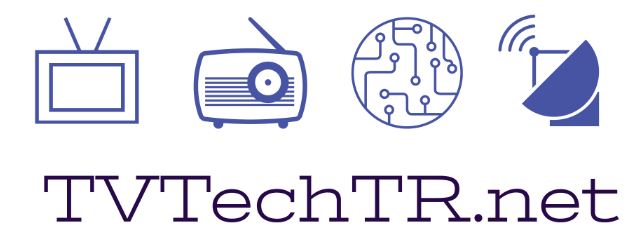It has been a long time, since my last post on DTT.
After the workshop organised by DigiTAG, I attended a local workshop organised by Chamber of Electrical Engineers in Ankara, on 21 of December 2013. I was one of the speakers of the session, on behalf of Chamber of Electrical Engineers. Workshop had two sessions, one of which was focused to the technical and the other to the economical & political issues of DTT.
You can find the video streams of the sessions from the following link, but they are in Turkish as you may think.
I will try to summaries the discussions in a few paragraphs. By doing that I hope to keep my readers updated with the latest information on DTT in Turkey, which my blog is all about:
- Whole process of DTT in Turkey is suspended because of the problems in tenders for DTT licencees. I will not go through the details of these problems as the legal procedure is not completed yet.
- Because of these legal uncertainities, no private broadcaster has DTT licencee.
- The company that will build and operate DTT network, should be formed by the national DTT license holder broadcasters.
- As there are currently no license holder broadcaster, the company that should build & operate the DTT network could not be formed.
- Another problem comes from the Act # 6112, namely the Act that defines the regulatory issues about radio & television in Turkey. According to the act the process of tender should be finished in one year, which is already passed. So, some argue that before a new tender, the Act should be changed.
- As you may already follow, nowadays there are more important subjects of the Parliament then the broadcasting Act. So it is not an easy process.
- The death line for Analogue Switch Off is set to be 3 March 2015. It is more or less a year left for the ASO, and there are no DTT transmission yet.
- Private broadcasters want to use the digital broadcasting frequency without a license fee. They argue that, it is a right for the analogue frequency users to have the same broadcast now in digital. Which is, I believe, quite interesting.
- Another problem is the huge amount of budget for the setting up the DTT network. According to the Act, this budget should be given by the company that would build and operate DTT. The shareholders of the company will be the national DTT license holder broadcasters. They claim that as analogue terrestrial television has lost its market in terms of television reception, DTT will not have a success. So it is not meaningful for them to invest that amount of money for that technology.
At the end of the day, it is clear that after 2015, the analogue frequencies at the borders will not be guaranteed.
We will wait and see what will happen next.


Comments
Post a Comment
Comments will appear after approval, which may take time :)